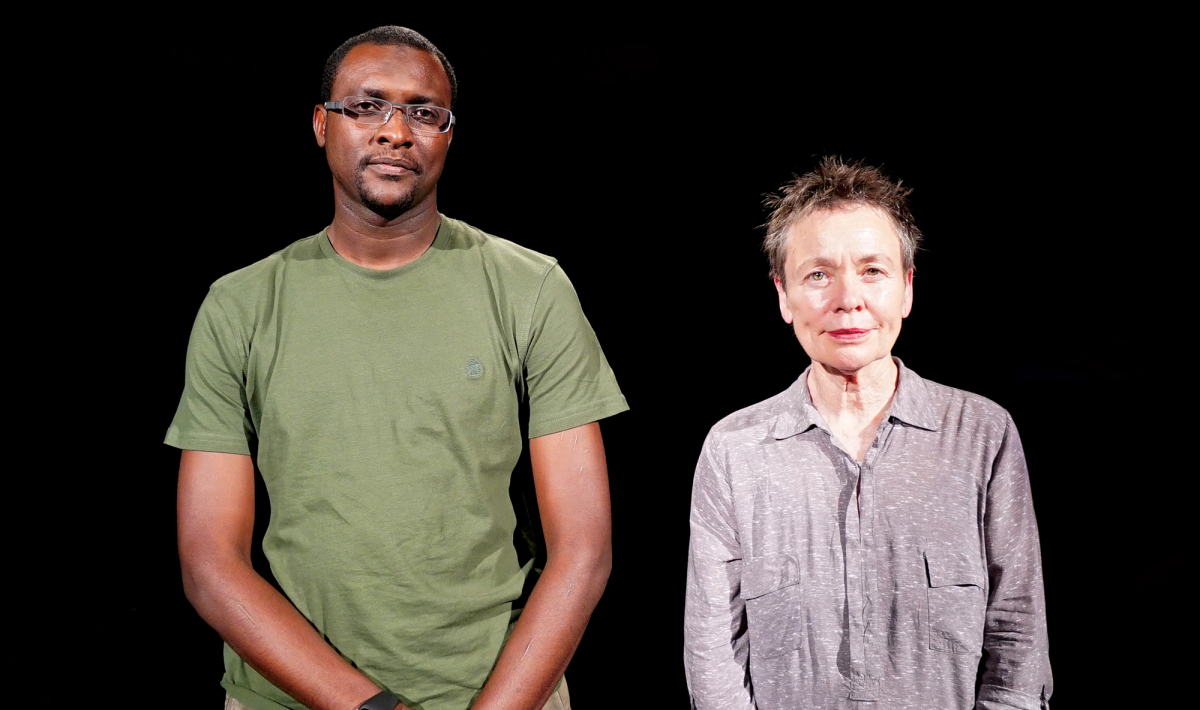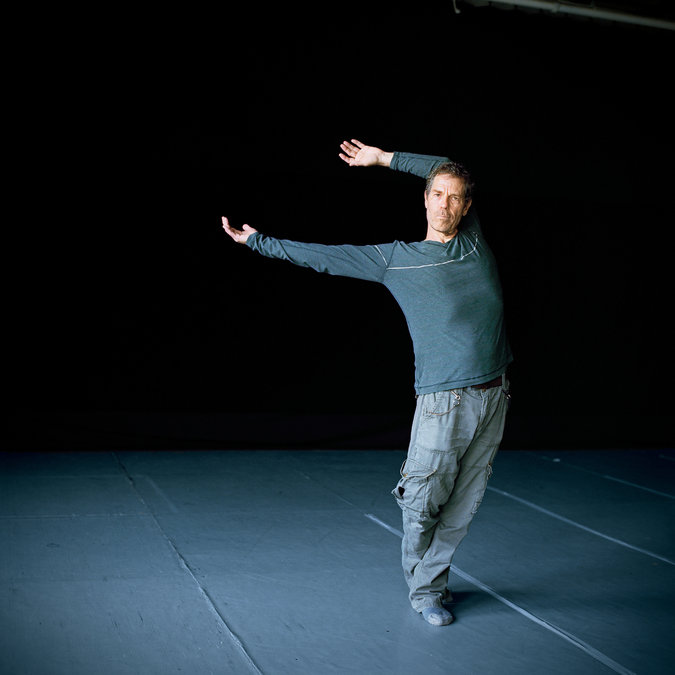http://www.wvi.org/pressrelease/street-dancers-help-close-gap-global-health-inequality-outside-united
I found this article and concept related to utilizing dance and movement as a means of promoting global health initiatives really interesting. A chair with a ‘missing fourth leg’ represented how MDGs 4 and 5 (related to child and maternal health) have not been fulfilled, and how they are crucial to promoting a number of global health initiatives because they deal with the beginning of life and the subsequent formative years. Dancers demonstrated how they would stand in as the fourth leg and showed that there are a number of creative ways to solve a physical problem of a chair without a leg, much as there are myriad creative ways to solve a global problem like subpar child and maternal health.



